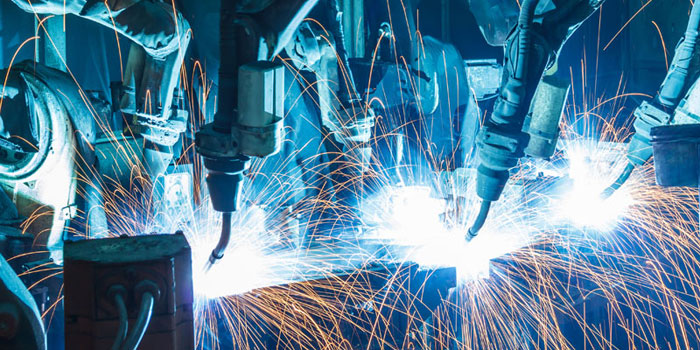

Because laser technology has the characteristics of low welding heat input, little influence on the welding heated area and not easy to deform, it has received special attention in the field of aluminum alloy welding. But on the other hand, due to its own defects, there are three major welding difficulties in aluminum alloy laser welding. So how to solve it cleverly?
Solution: 1. Take appropriate surface pretreatment process. For example, pretreatment measures such as sanding, surface chemical etching, and surface plating. Increase the absorption rate of the material to the laser light. 2. Reduce the spot size and increase the laser power density. 3. Change the welding structure to make the laser beam reflect multiple times in the gap. Easy to weld aluminum alloy
Solution: 1. After many welding experiments and researches, it is found that adjusting the laser power waveform during the welding process can reduce the unstable collapse of pores, changing the angle of laser beam irradiation and applying magnetic field during welding can reduce the welding. of stomata. 2. When using YAG laser, you can adjust the pulse waveform and control the heat input to reduce crystal cracks.
Solution: The mechanical properties of welded joints are caused by the instability of air holes generated by aluminum alloy welding. Aluminum alloy mainly includes three elements: Zn, Mg and Lv. Aluminum has a higher boiling point than the other two elements when soldering. Therefore, some low-boiling point alloy elements can be added when welding aluminum alloy elements, which is conducive to the formation of small holes and the firmness of welding.
The high efficiency of aluminum alloy laser welding makes people look forward to its development prospects. Therefore, some researchers have continuously developed new technologies such as laser-arc coincidence technology and bifocal technology to improve the stability of the welding process and improve the quality of the weld.
Conduct in-depth cooperation with more than 500 foreign buyers, and maintains long-term cooperation with more than 1,000 domestic advanced manufacturing suppliers.








Write a Message